I've been interested in Pompeii since I was a little girl. I remember reading books about Pompeii while sitting in my childhood home in the rolling hills of the Felicianas: the sheer green curtains framing the lush woods outside, the green sofa and black piano inside, lightning bugs offering special effects after dark, and maybe a novel or a nonfiction book in my hands.
Never did I dream I would actually go there.
Later, as an adult, I was able to see the traveling Pompeii exhibit when it came to Mobile, Alabama. It was fascinating and powerful, filled with plaster casts of people and animals killed when Mt. Vesuvius erupted in 79 A.D. Again, I never dreamed I'd actually go to Pompeii. I thought that museum exhibit was as close as I'd ever get.
But I was wrong. And I'm so glad I was!
Drew and I were in Rome, Italy for a week this summer. We thought of staying in Naples for a couple of nights, or possibly Sorrento, so that we would be closer to Pompeii and Vesuvius, with a possible sidetrip to Capri. But after much research and internal debate, we finally decided to join a Viator day tour from Rome to Pompeii and Mt. Vesuvius. Our group visited Pompeii first, and it was even more amazing than I'd imagined.
Pompeii had restaurants.
Pompeii had public drinking fountains -- this one recently came back into use after the pipes were modernized.
Pompeii had homes, with kitchens and bedrooms and mosaic tile and wall murals and, yes, running water.
The Dining Room, with mosaic floors and murals on the walls:
The Kitchen:
The Courtyard:
Pompeii had public bathing areas, as well. The cold, the warm, the hot: the frigidarium, the tepidarium, the calidarium. These were used not only for bathing, but for socializing. And they included not only running water, but temperature-controlled water!
I know, I know: you are wondering why I am so impressed with running water. We think of ourselves as a very advanced society, yet we didn't have running water inside homes until the 1800s, and even then it was not common. But in Pompeii, running water was almost common.
Until that fateful day in 79 A.D.: the day Mt. Vesuvius erupted and destroyed Pompeii, killing anything, anyone, everyone and everything in its path.
Those who stayed in Pompeii were buried in ash and mud until the city was rediscovered and excavations began in the early 1800s. Skeletons were discovered, plus something else: voids around the skeletons. By pouring plaster into the voids, the final tortured poses of those remaining were revealed.
And the views on the way out were a reminder that amidst the destruction, beauty still exists.
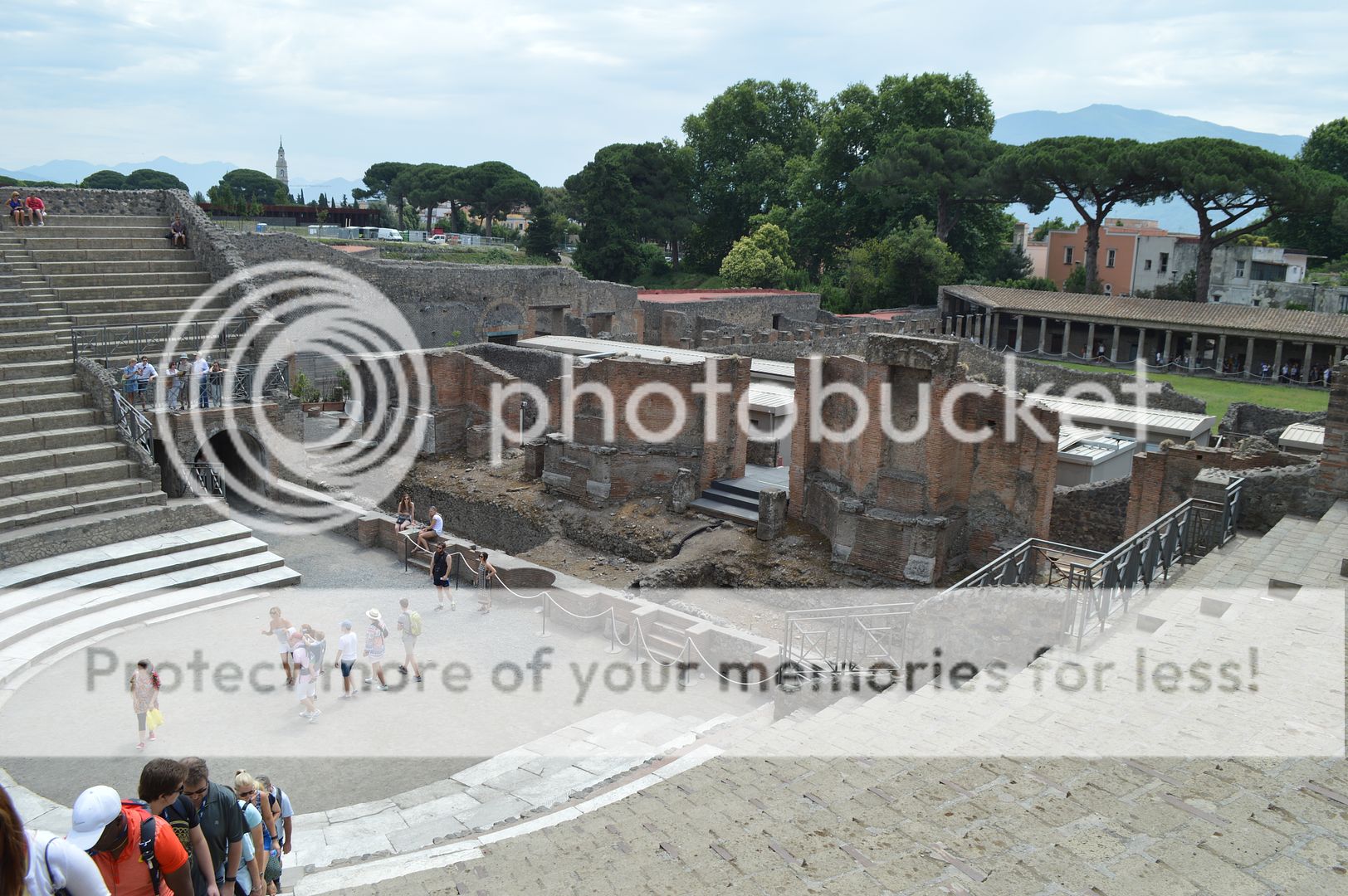
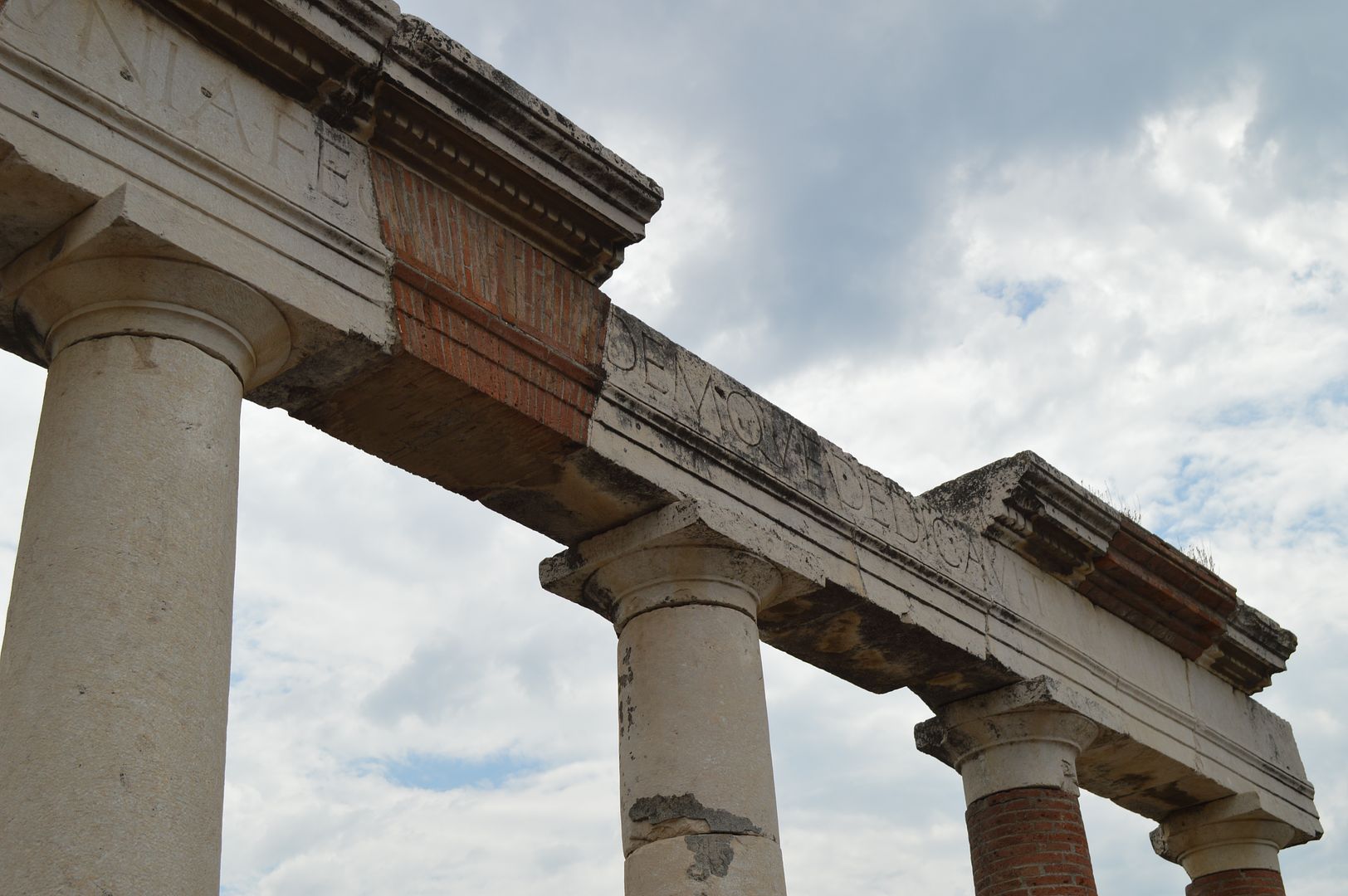

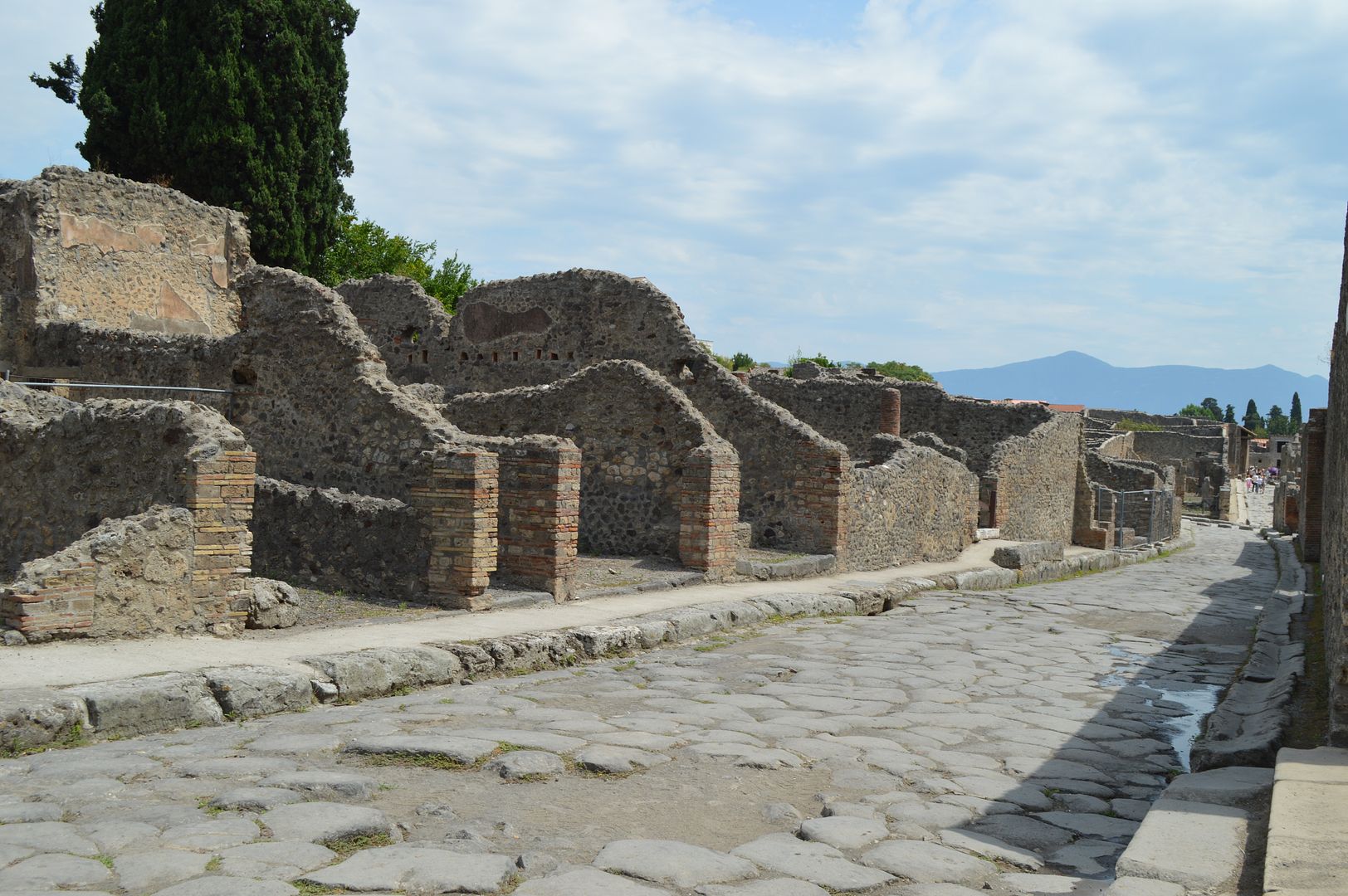
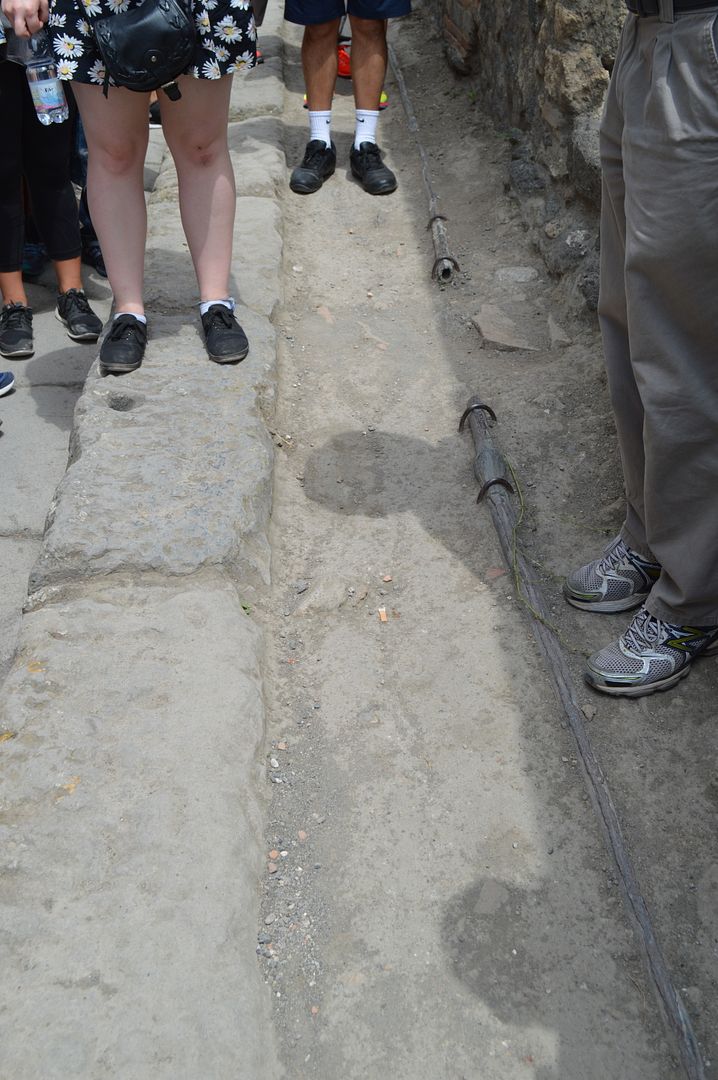
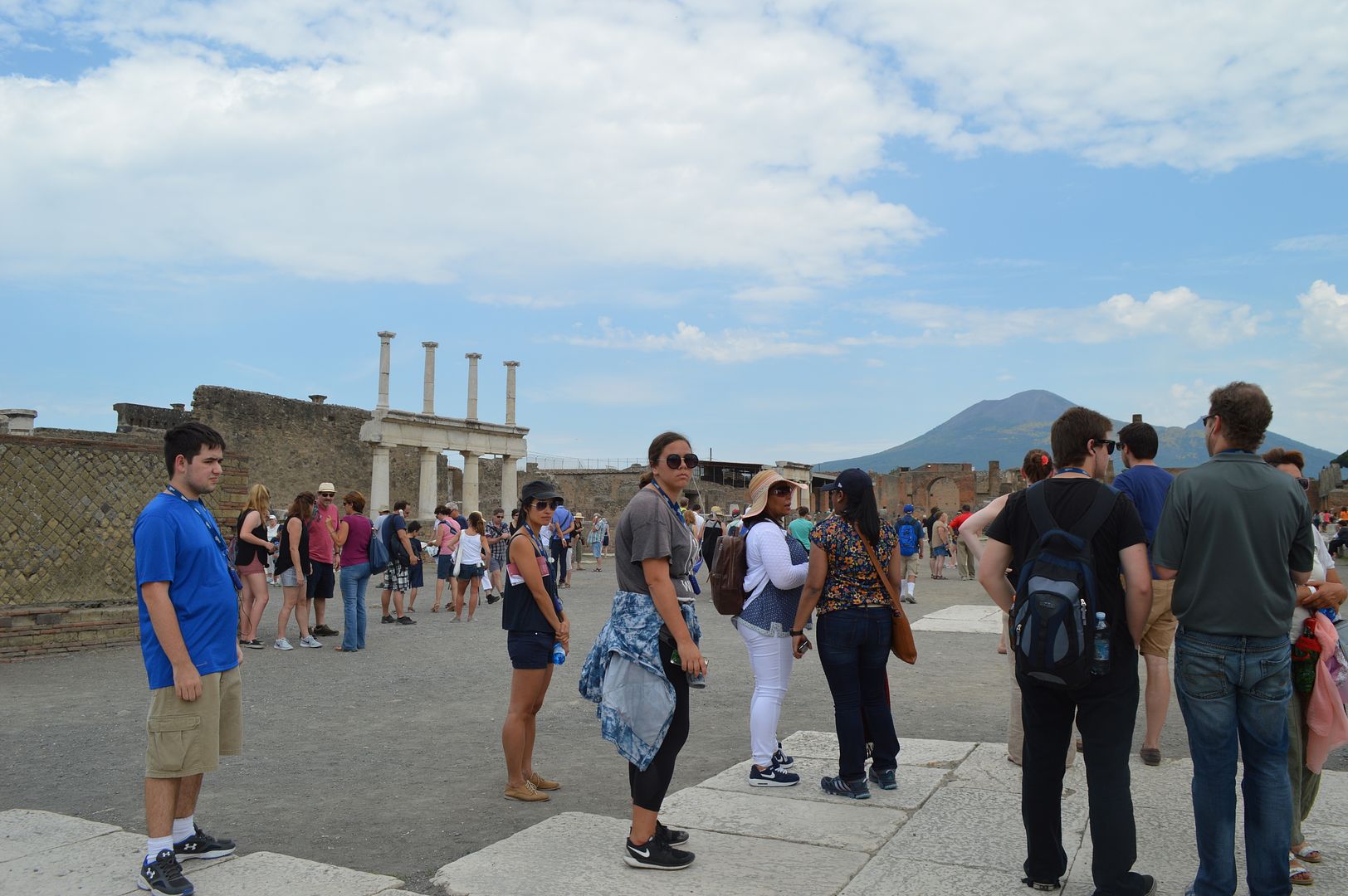
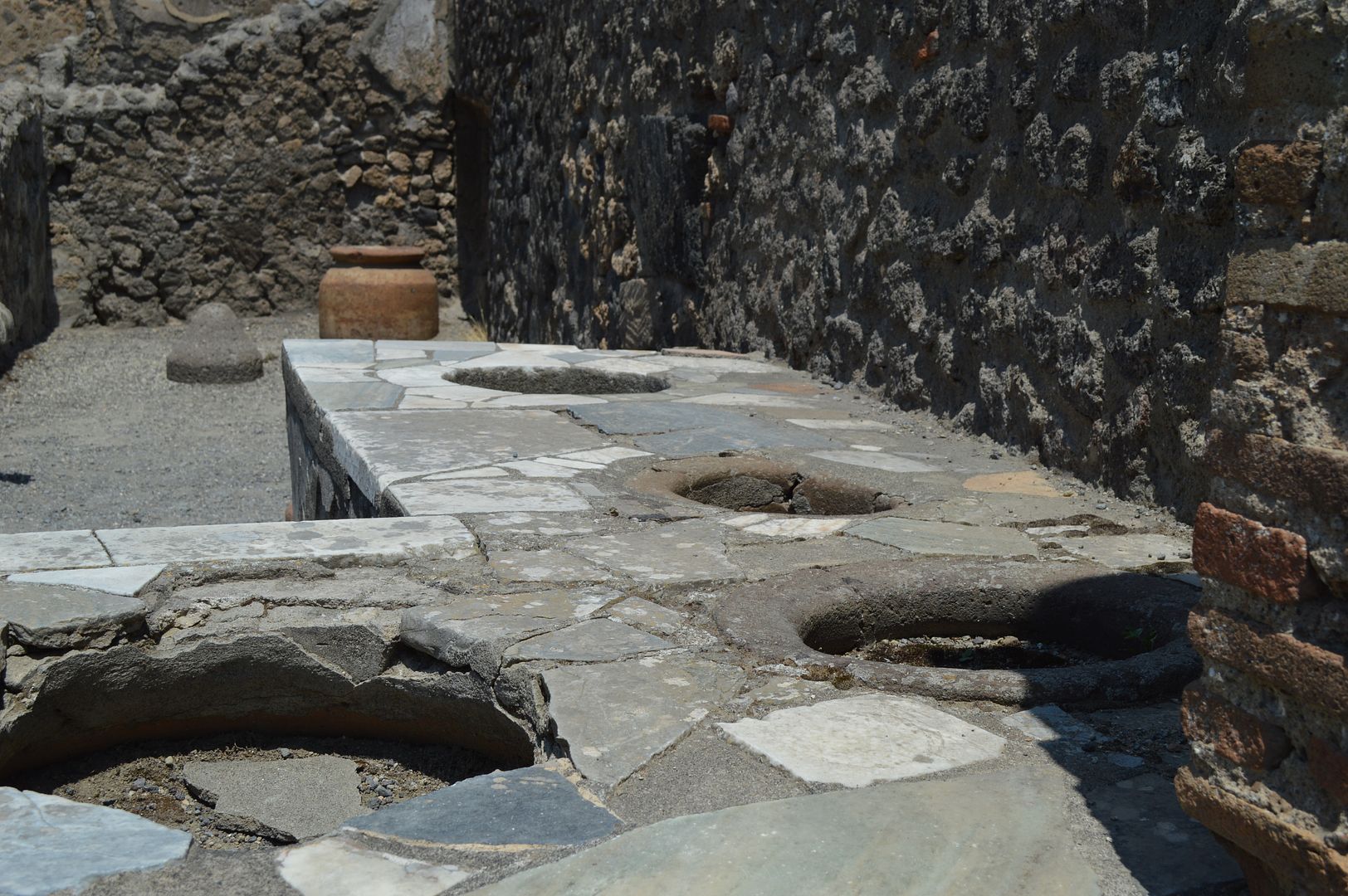
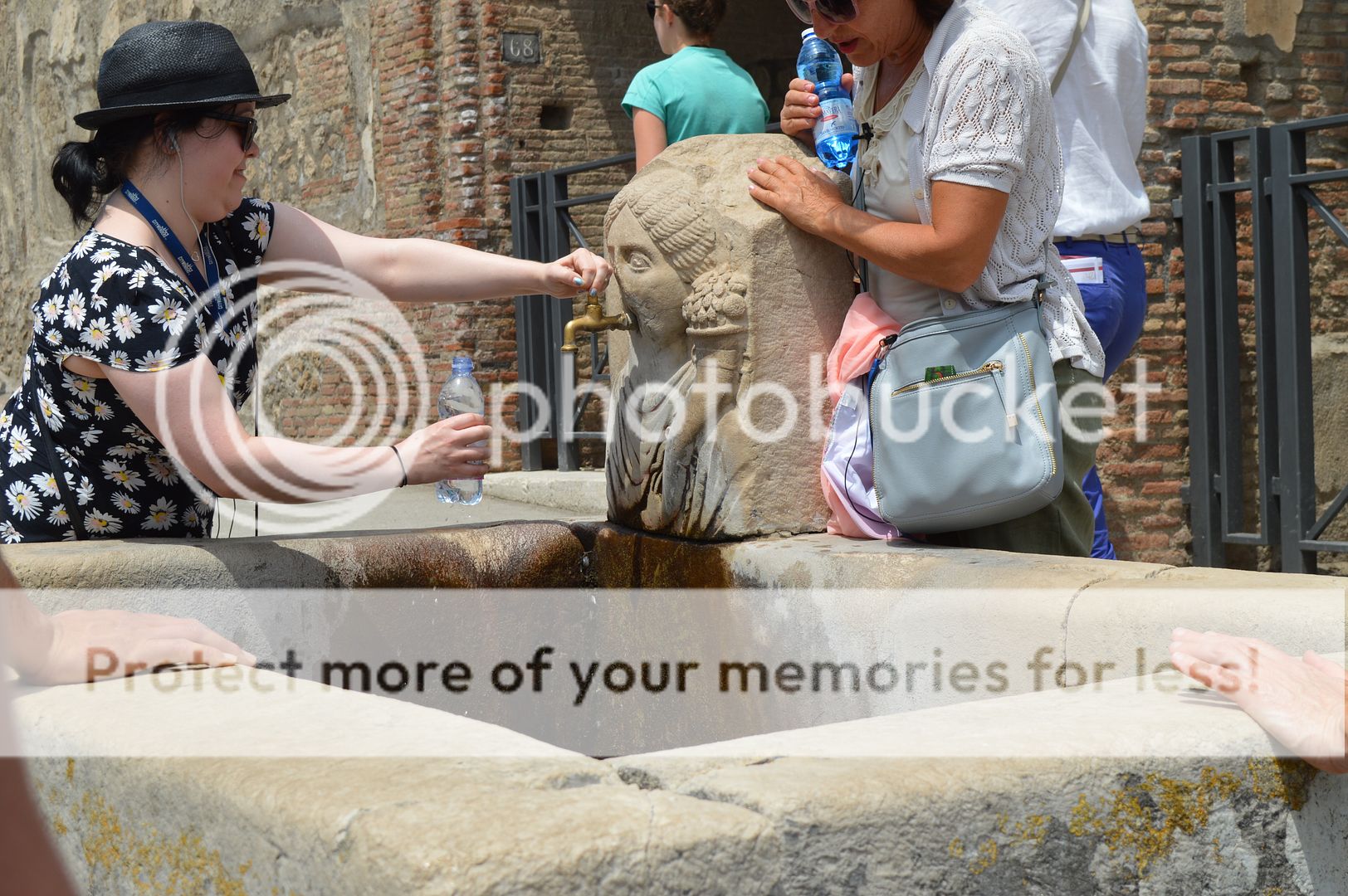
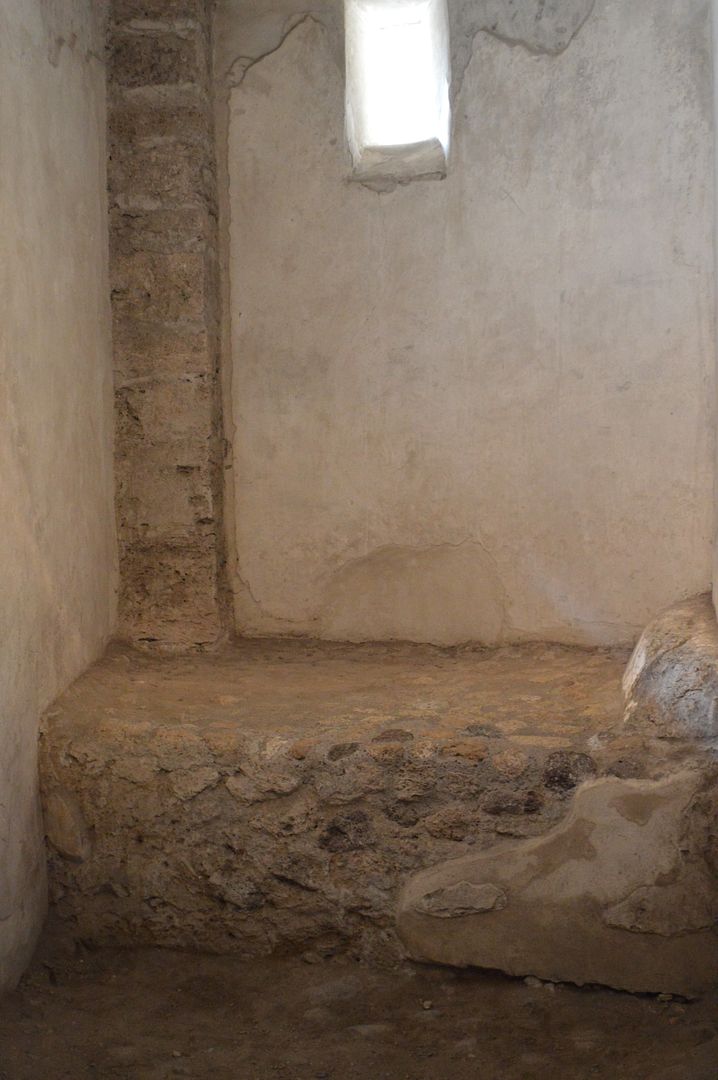
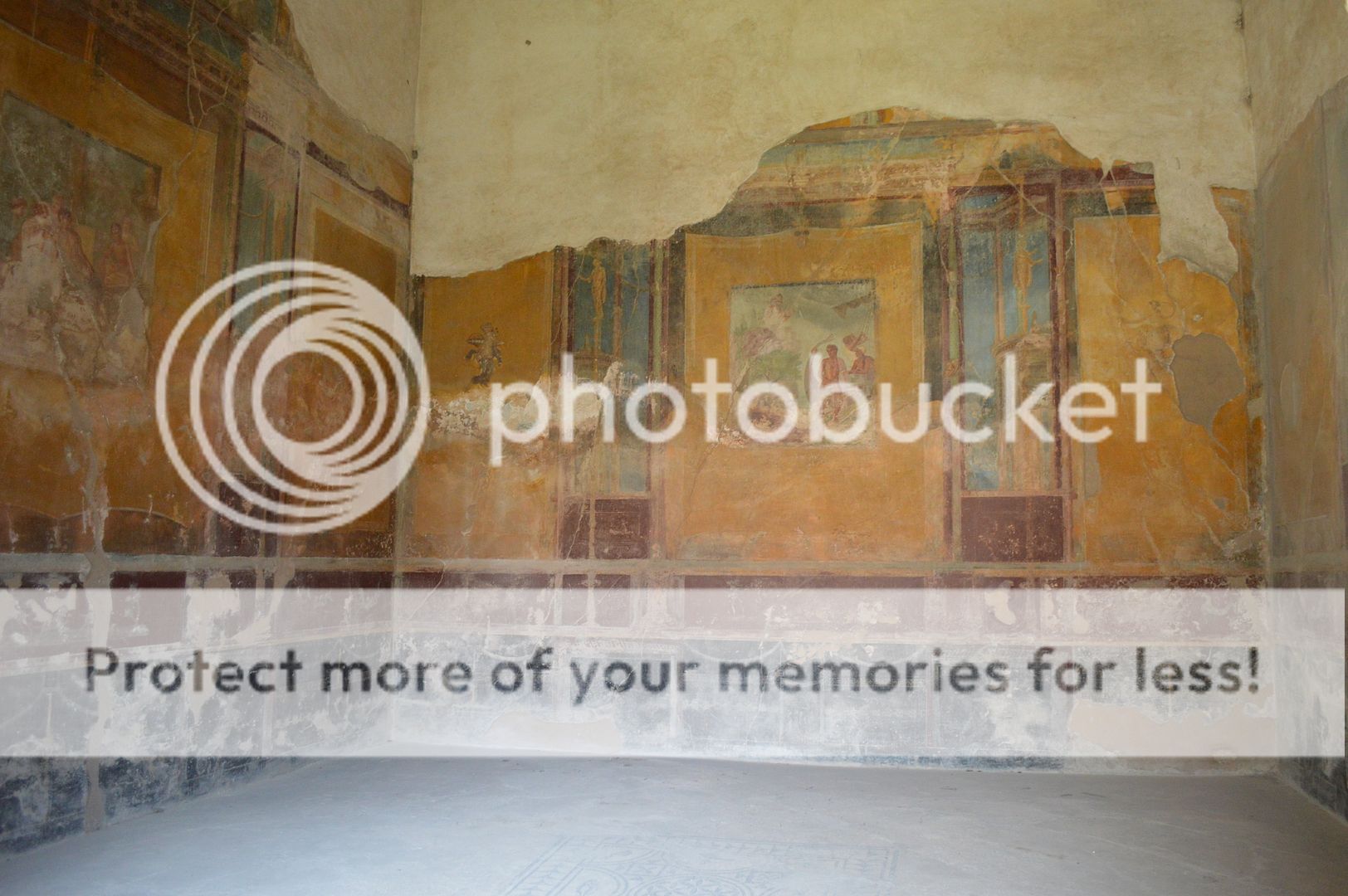
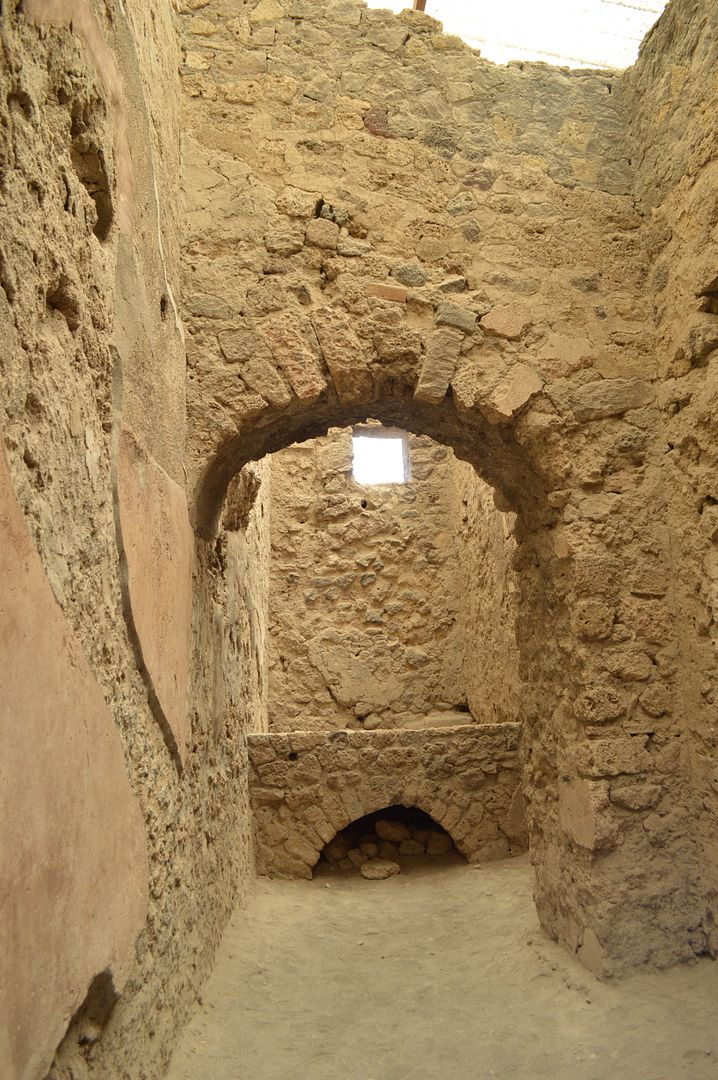
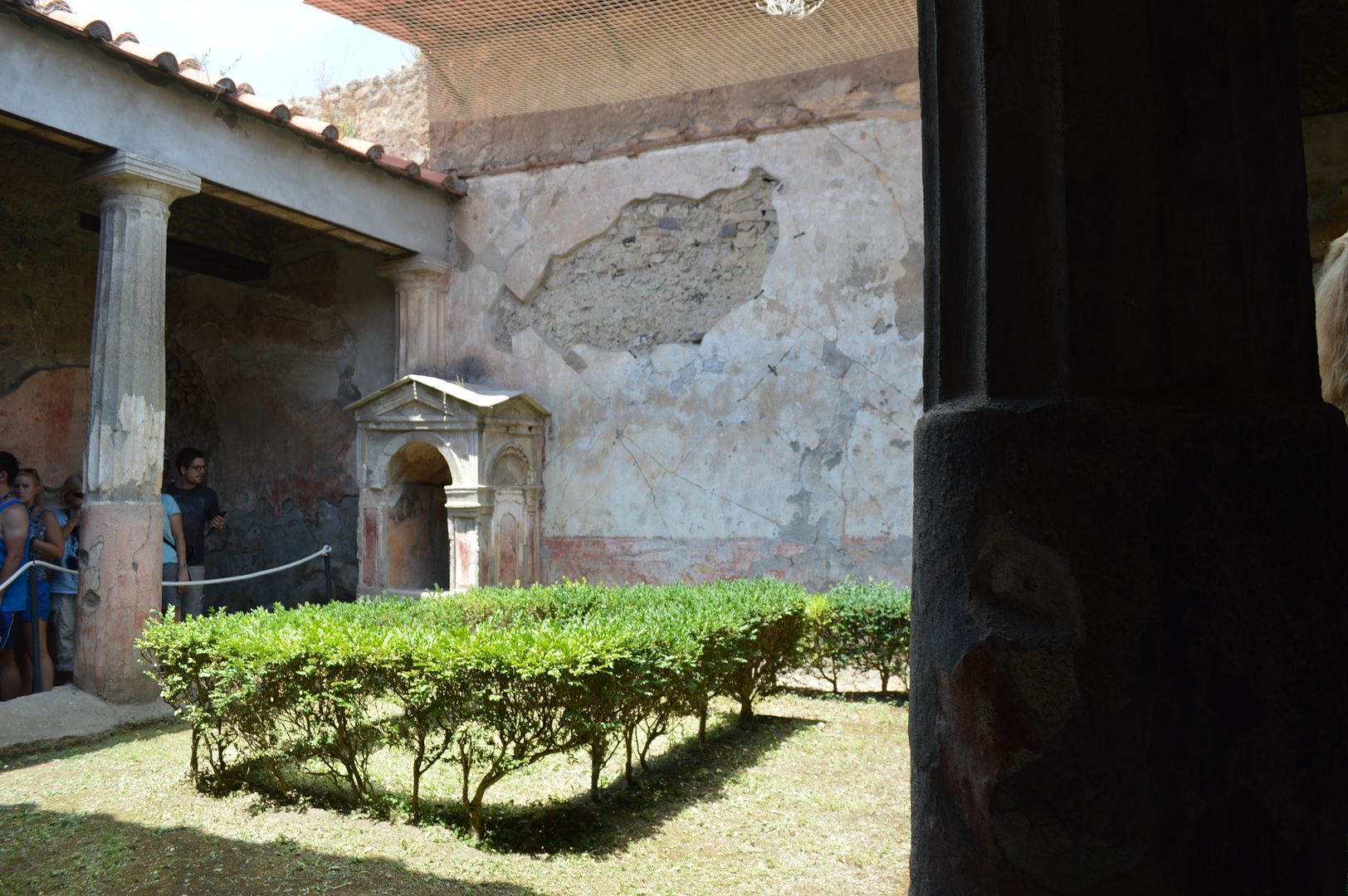

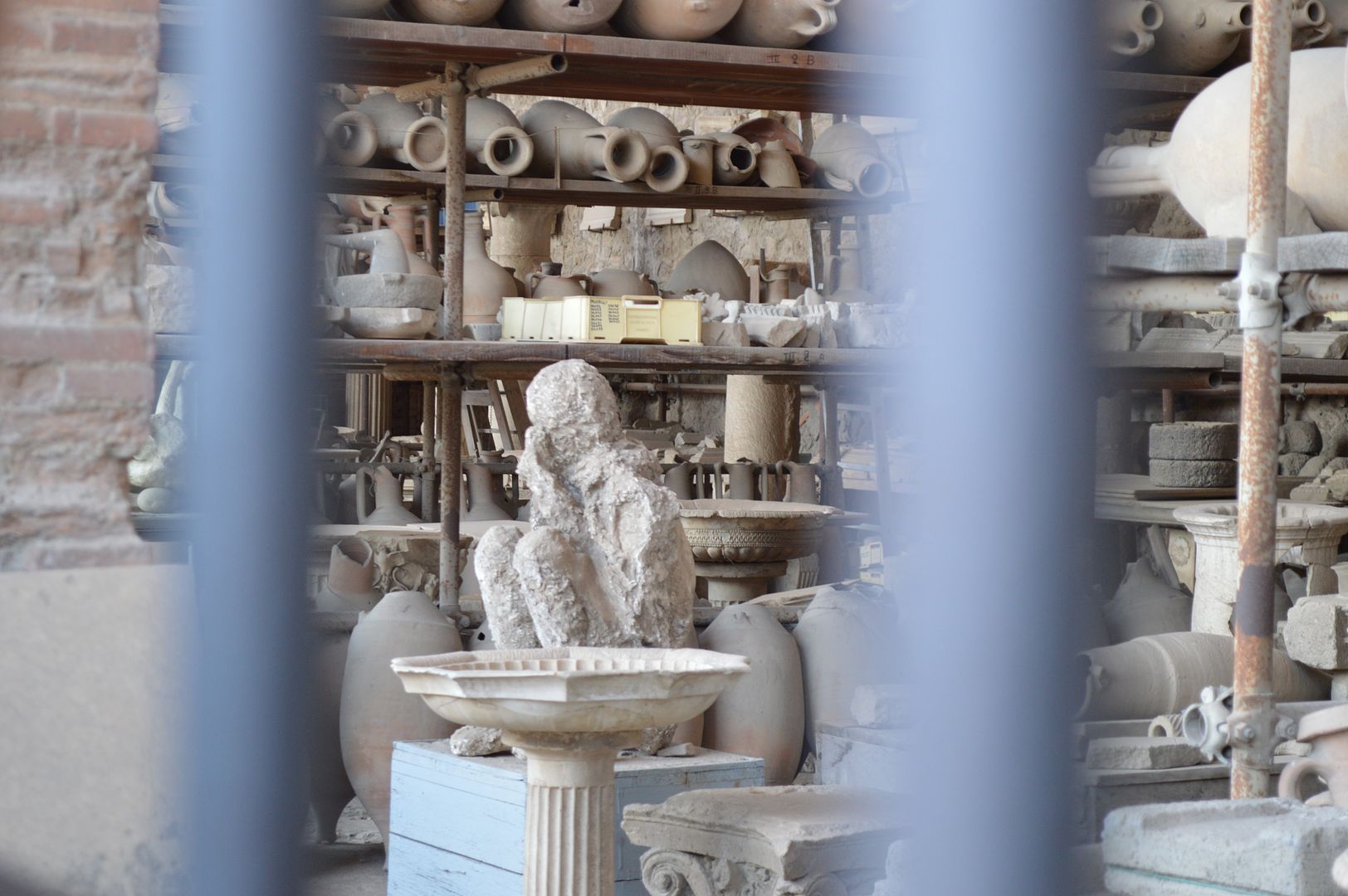



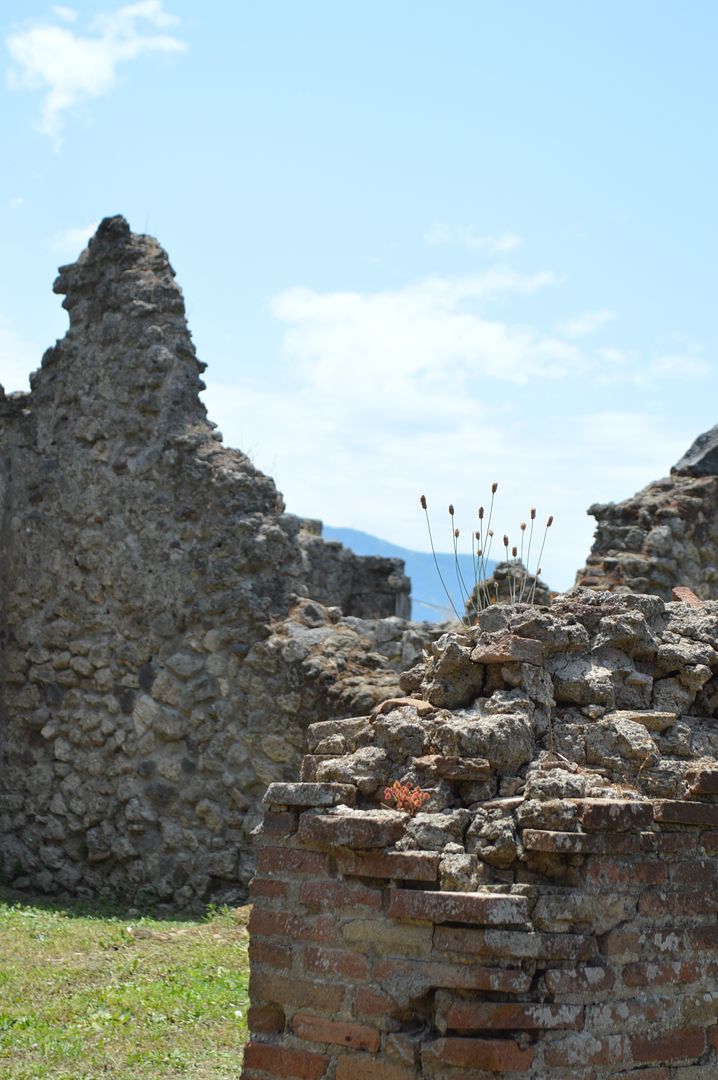
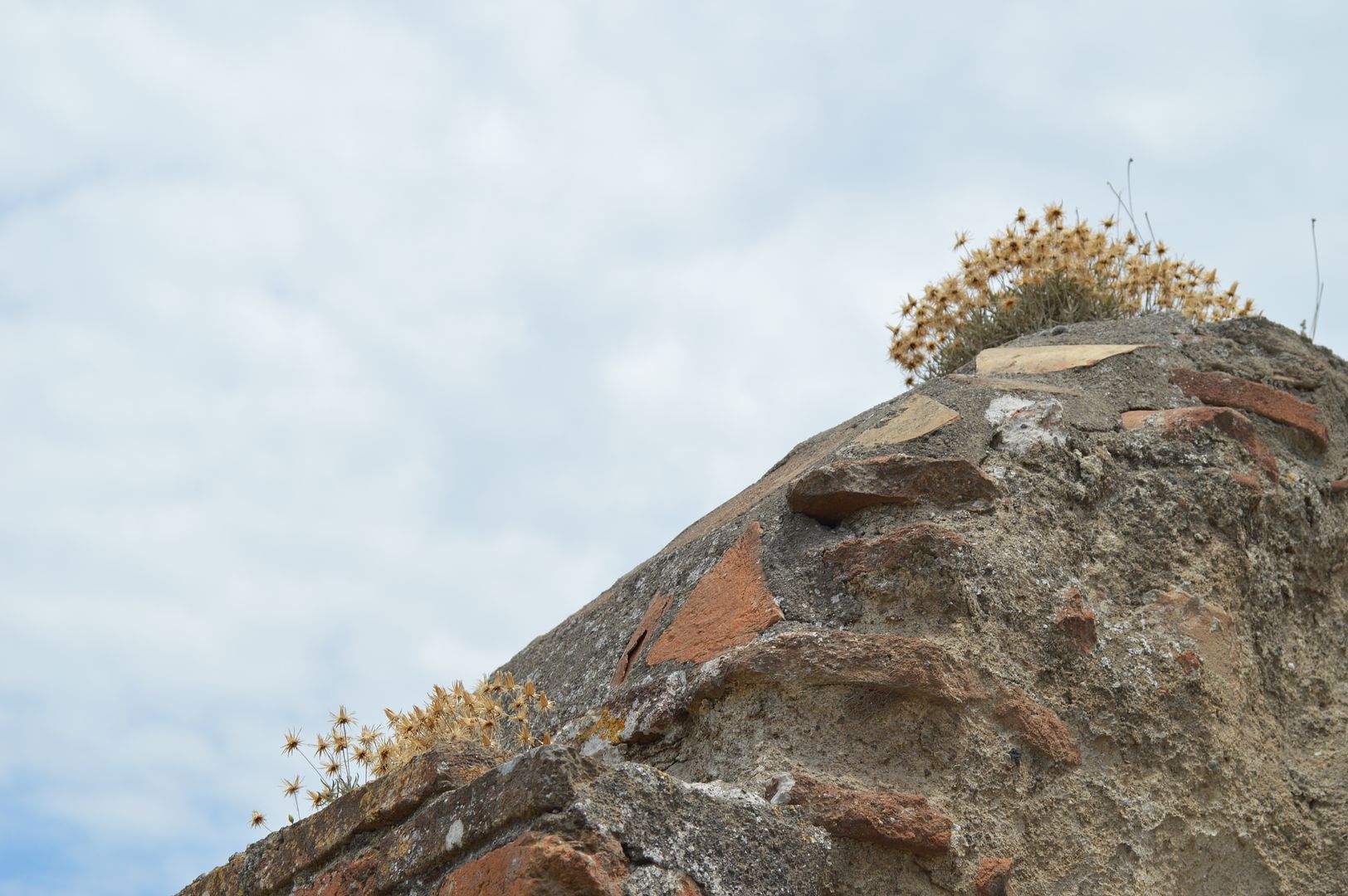
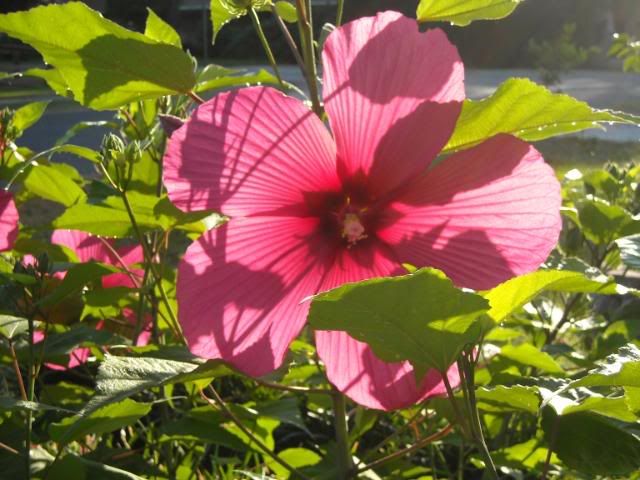

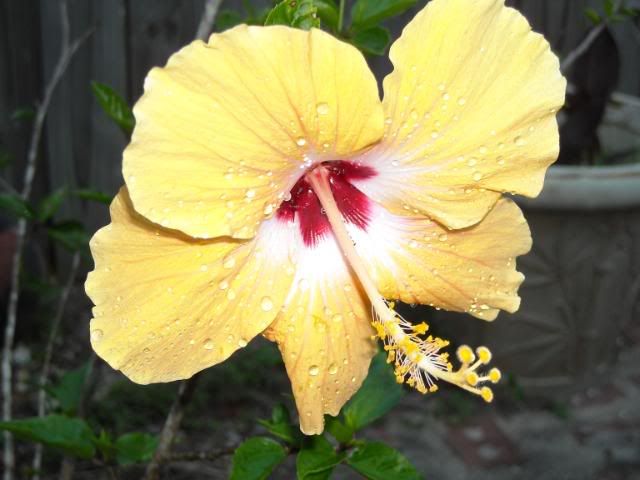
No comments:
Post a Comment